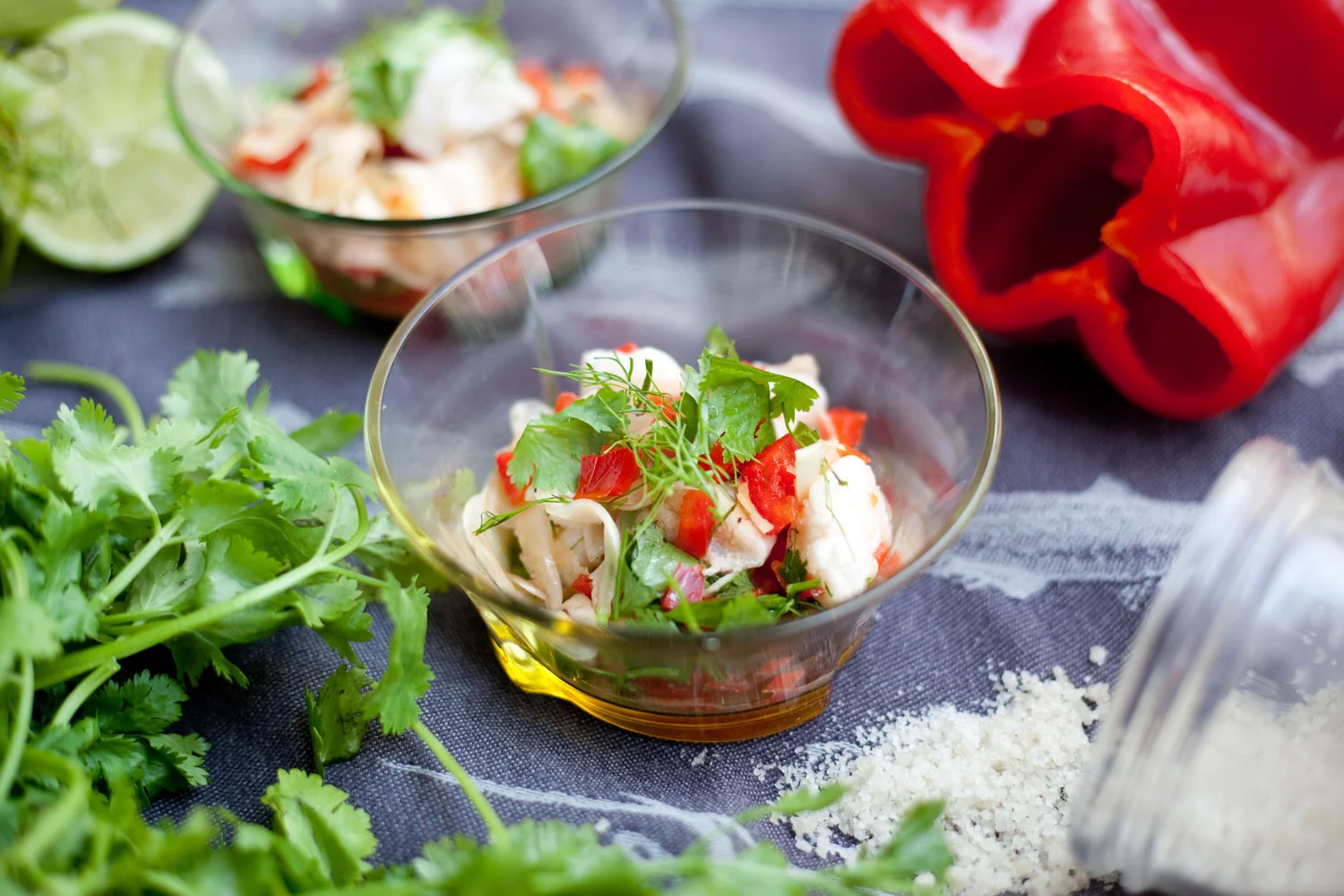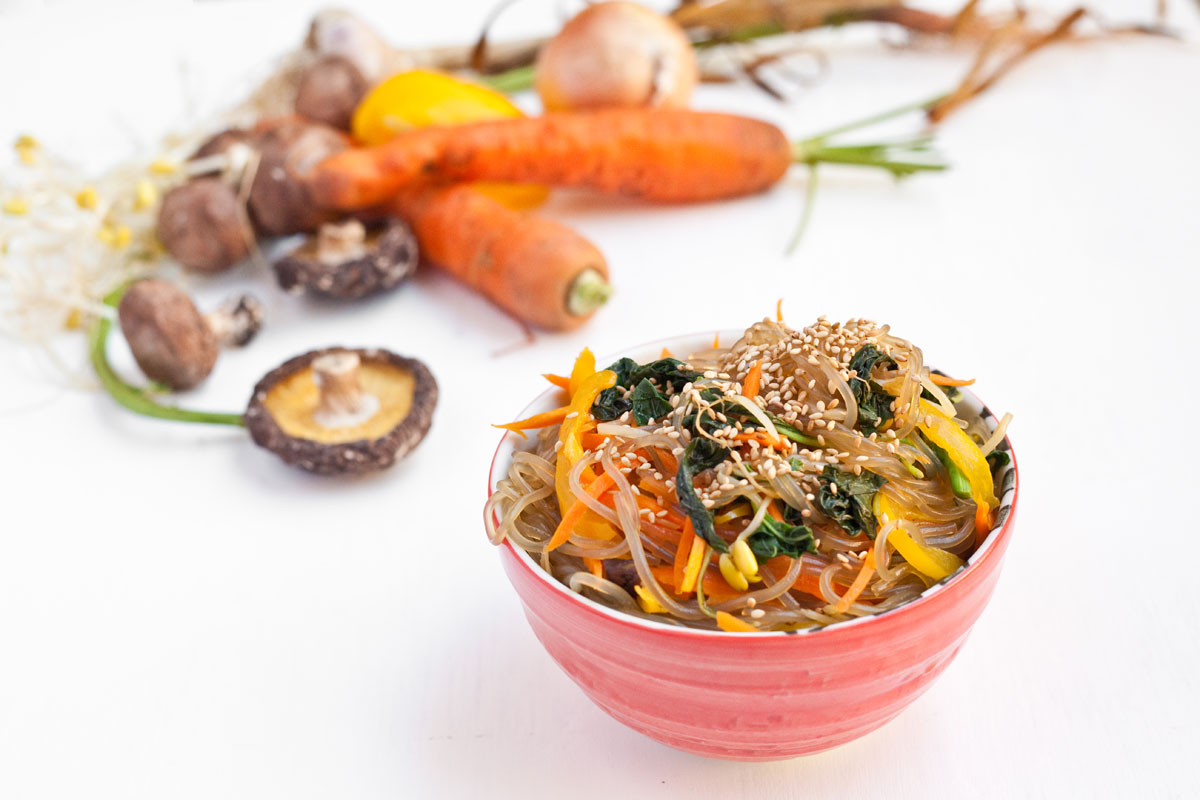This bread is chock full of seeds and nuts and is naturally sweetened with dates.
I love stumbling on new ideas and in this recipe it was using dried dates as a sweetener. I've used date syrup in the past but I never thought of making it myself. Then I came across this raw, homemade date syrup recipe in The Kitchn.
Toast served with St. Môret cheese spread, a slice of cucumber, smoked salmon, chives, and white onions.
I was unsuccessfully trying to make granola bars using my own adaptations from Deliciously Ella's Date and Oat bars recipe...
but I successfully turned it into toast bits that go great with dips and spreads. They are packed full of nutritious seeds. Add a nut butter spread to it and you've got a great "start the day off right" kind of breakfast or a "pick me up energy snack" for the afternoon.
Dates, Nut, and Seed Toast
INGREDIENTS//Yields 36 squared pieces
• 2 cups (220 grams) buckwheat flakes (unroasted)
• 1/2 cup (70 grams) sunflower seed
• 3 tablespoons chia seed
• 1/2 cup (90 grams) flax seed
• 100 grams Brazil nuts, finely chopped
• 12-15 dates, pitted (use 15 for a touch more of sweetness)
• 1/2 cup (100 ml) coconut oil
• 1 1/4 (300ml) cup water
• 1/2 cup amaranth (30-40 grams), popped (optional-I had some on reserve) Use 3 tablespoons raw amaranth to get 1/2 cup popped amaranth.
PREPARATION
Let the chia seeds sit in 12 tablespoons of water for about 15 minutes. It will become gelatinous.
Pop your amaranth seeds if you don't have some on reserve.
INSTRUCTIONS
Combine the buckwheat flakes, sunflower seeds, flax seed and Brazil nuts in a large mixing bowl.
Put your dates and coconut oil in a blender and mix with 1 1/4 cup water. Blend until you get a nice smooth consistency.
Add this to the ingredients in the large mixing bowl and stir to combine everything.
Once the chia seeds have set into a gelatinous state, add this to the mixing bowl and stir.
Line a baking tray (33x20 cm or 13 x 9 inch tray) with parchment paper making sure that you use more than enough parchment paper so that it pulls up on the sides.
Fill your tray with the seed date toast mix.
Sprinkle the popped amaranth seed all over the mix and using the back of a spatula, spread it across evenly press down to flatten and smooth out the mix.
Bake at 150°C for 30-40 minutes or until the top turns golden brown.
Let cool and set for at least a half an hour. Then cut up into square shape bite size toasts. They will be around 2 centimeters thick, then slice through the middle to divide into two to get about 1 centimeter slices of bite size toast.
Place it back in the oven open face up and toast until the top turns golden.
Let it cool. These can be stored in a seal tight container for up to a week.
NOTE
I divided the length into six parts and the width into three parts which yields 18 pieces. Then I divided the 18 pieces by slicing through the middle which yields 36 pieces of toast. You can store these in a seal tight container for up to a week.













































